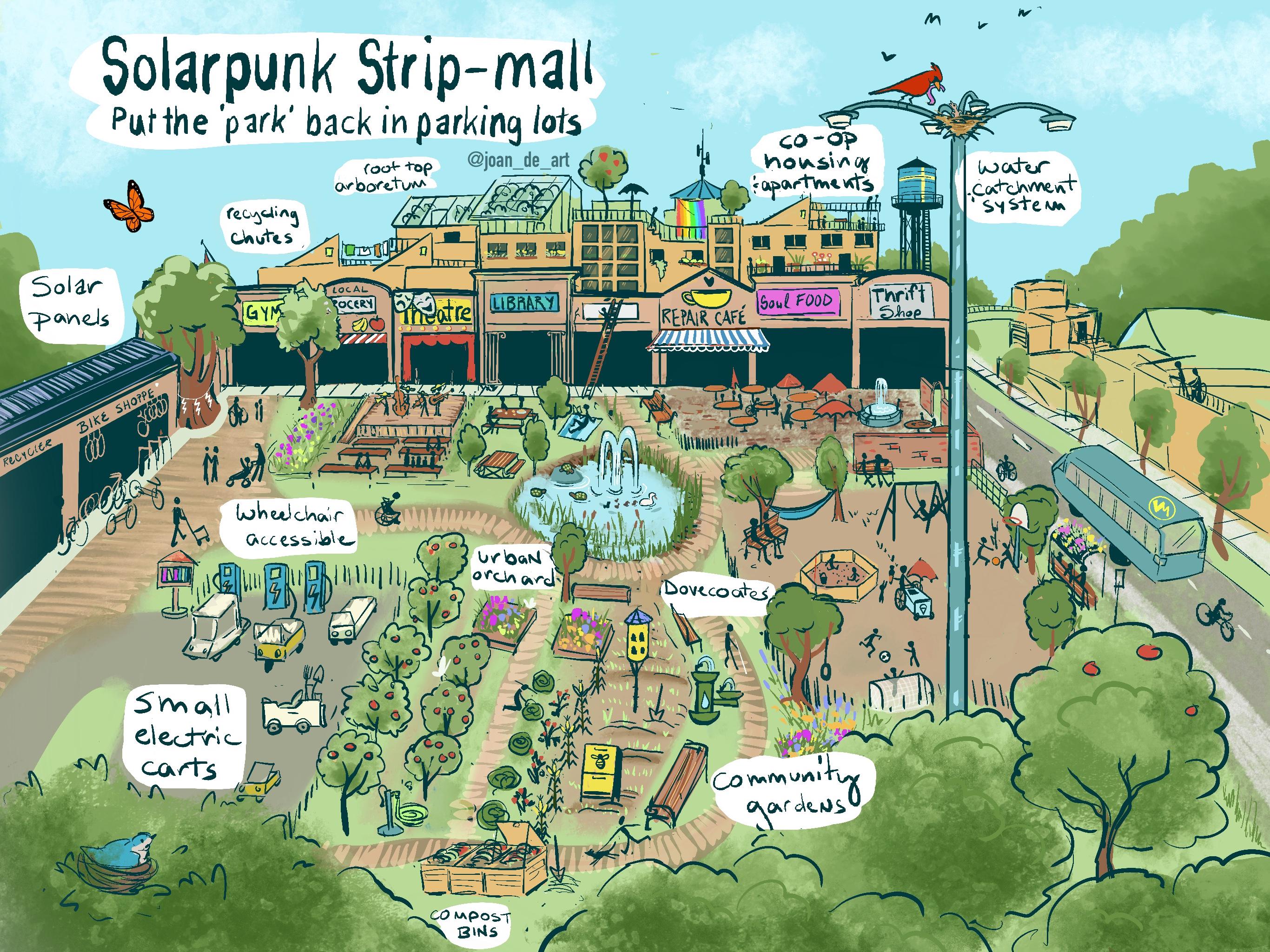Group of university students awarded plot after city hall passes plan for 15 to 20 cooperative projects
De Torteltuin, or “Dove Garden”, was born from an existential, if depressingly common, question. A group of young Amsterdammers, most still at university, looked into their futures and asked how they would ever afford to live in their own city.
“It was 2020, we were 22 or 23 years old,” said Iris Luden. “It was a dream. We were fantasising. What if we built our own place? We imagined a kindergarten, growing our own food … We got together every month to talk about it. But slowly, it happened.”
Amsterdam, the sought-after capital of a country in an acute housing crisis, is one of the toughest places in Europe to set up home. Private-sector rents are sky-high – €900 (£770) for a room in shared flat – and you can wait up to 20 years for social housing.
"It’s just so bad,” said Luden, an AI engineer fortunate enough still to be living in her old student accommodation. “People are just constantly on the move, once a year on average. You can’t settle. We wanted somewhere affordable. And a community.”
The group’s vision might have stayed a dream had city hall not passed a plan for 15 to 20 cooperative housing projects within four years, half of them self-built. The aim eventually is for 10% of all new Amsterdam housing stock to be cooperatively owned.
“We started to take things more seriously,” said Lukas Nerl, 28, another Torteltuin member. “We set up subgroups: financing, sustainability, the rest. We had to learn a lot, fast. We registered as an association, wrote a project plan. We applied.”
To their amazement, they were accepted – perhaps, said Nerl, precisely because of their youth, and because, as recent graduates, they might be assumed to be capable of navigating their way through a labyrinth of rules, regulations and bureaucracy.
They secured a team of architects with experience in non-profit cooperative projects, raised the money to pay them, and presented a plan for a four-storey, timber-clad, sustainably built block of 40 apartments, from studios to three-bedders.
Against stiff competition with other projects, De Torteltuin was awarded a plot 20 minutes from the city centre by tram and 45 minutes by bike, in IJburg, a new residential quarter slowly emerging on artificial islands rising from the IJmeer lake.
Through a mixture of loans from a bank and city hall, crowdfunding from friends and family and two bond issues, the 26-member group has raised almost €9m of the estimated €12 to €13m construction cost. With luck, work will begin by year-end.
The cooperative will own the building, with every resident paying a monthly rent, said Enrikos Iossifidis, another member. About a third of the apartments will qualify as social housing, while the most expensive – a family flat – should cost €1,200 a month.
"A decade ago it wouldn’t have been possible,” said Iossifidis. “Even now it’s been a rollercoaster ride: when building costs soared after Russia invaded Ukraine, there was a truly awful moment when we thought it might not happen after all.”
But by late next year or early 2026, the group should be thinking about moving into a carbon-neutral home complete with roof-top solar panels, communal spaces on each floor, guest rooms, a shared toolshed, a stage and a music studio in the basement.
Their adventure is not just about affordable housing, said Luden. “It is very much also about building a real community,” she said. “Some flats are being reserved for people who face even bigger housing challenges – asylum seekers, for example.”
De Torteltuin, said Nerl, “actually sets a vision of future city living. It’s not one of pollution, concrete, high-rises, speculation, ever-rising rents and more unaffordable mortgages. The new homes of the city will be social, sustainable – and affordable.”













